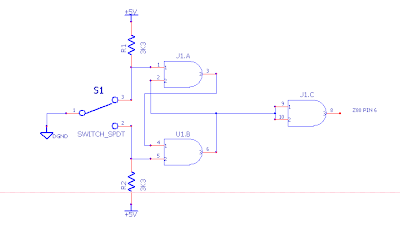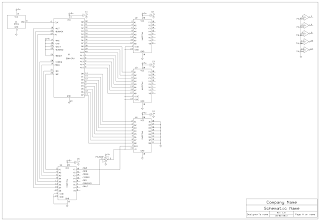Believing the Hype(r-V)
An update on my Hyper-V adventures: I tore it all apart and rebuilt to clean up my mistakes from the first time around, and it is much simpler this time. Here's a rough set of steps: Make sure you have a working Windows domain first (2012 is preferable, but 2008+ works) It's best to have one Windows Server 2012 machine to administer everything from. Boot the host from the DVD you built, and install onto the local storage. At this point it's better if any external storage is disabled After the reboots, log in, set up one NIC and join the domain Install MPIO if required Attach the external storage if required Use the Storage manager to configure it. There's another post coming on why you don't need DISKPART anymore Tell Hyper-V how to use the extra storage Create a Virtual Switch to connect to the outside network Go virtualise something. Next time, we'll dive more into the intricacies of the Hyper-V universe


